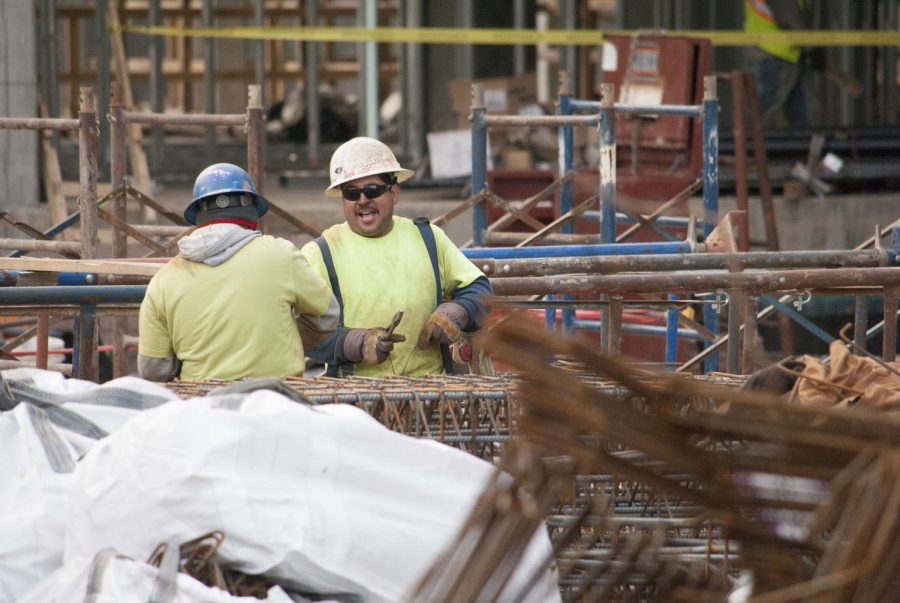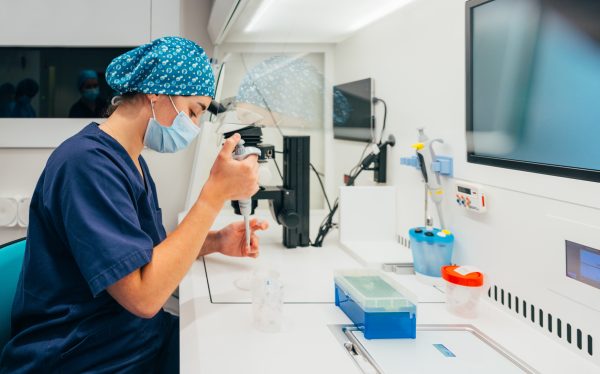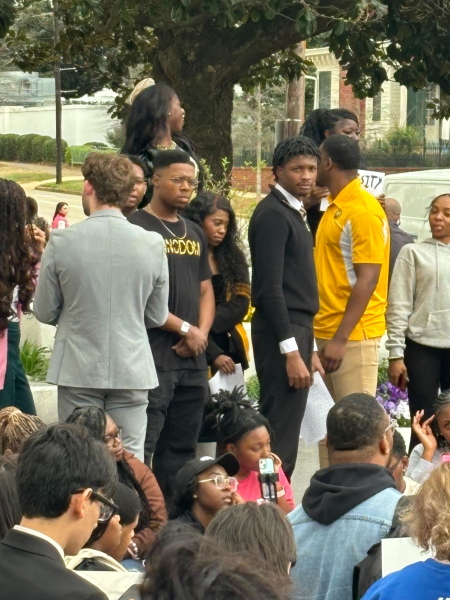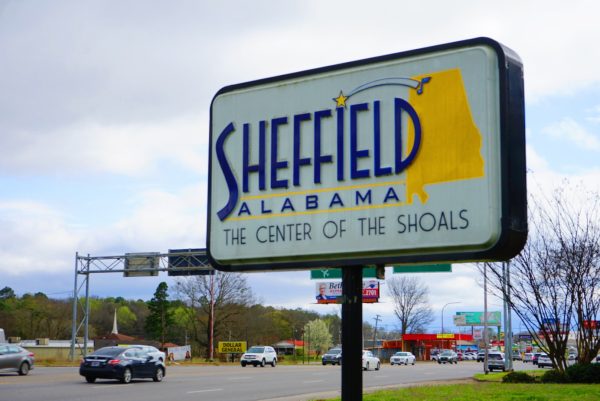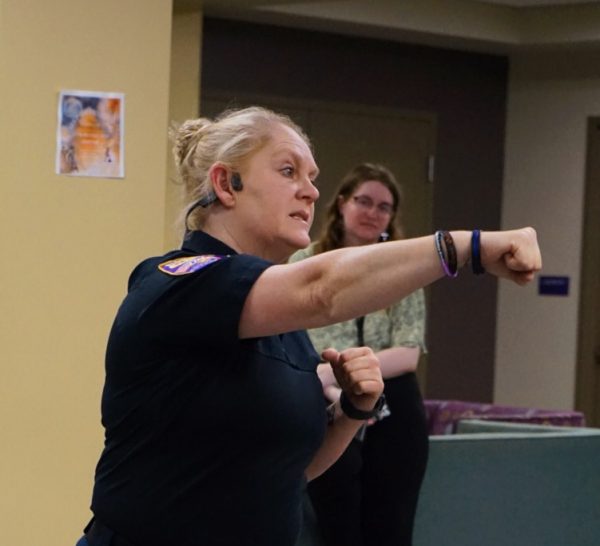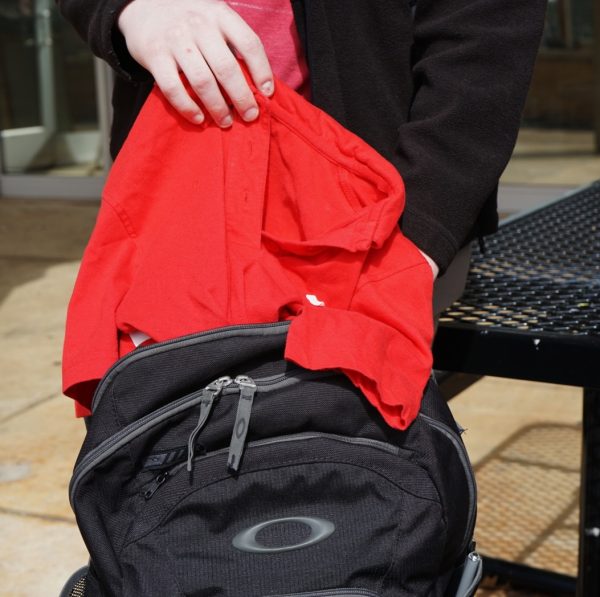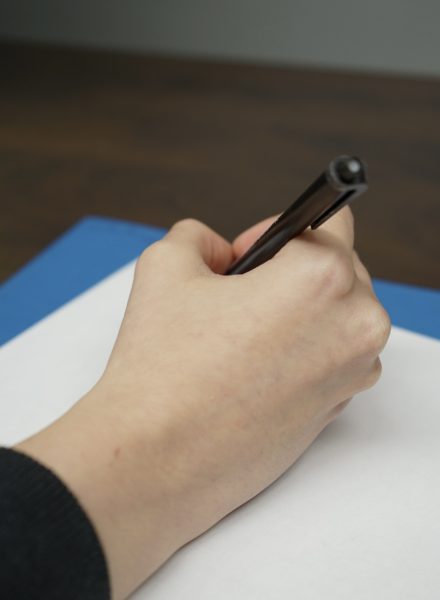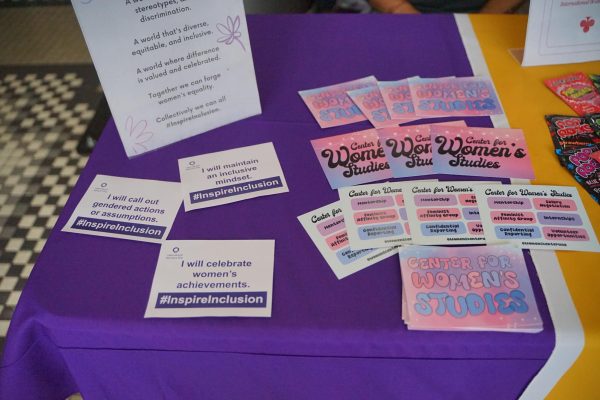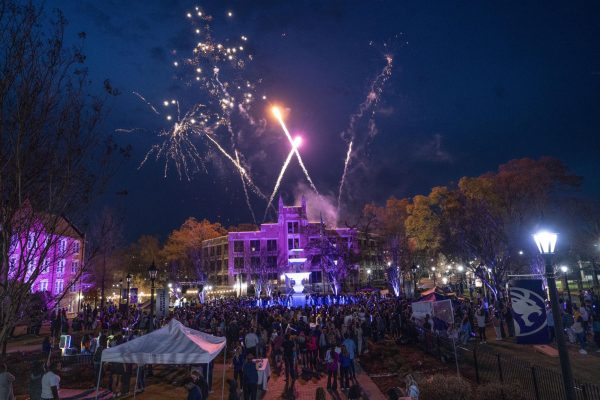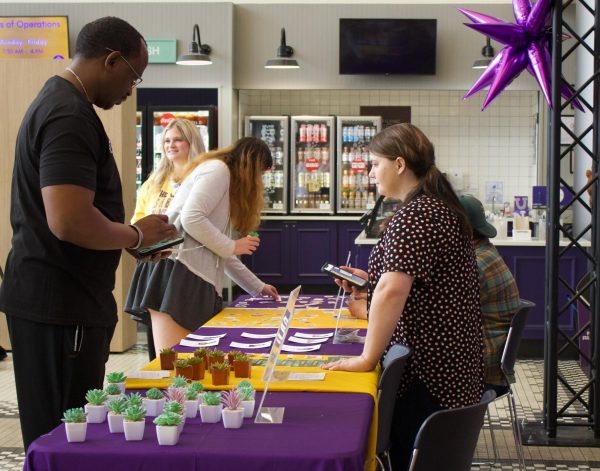UNA Science building construction remains on track
January 16, 2014
The Science and Technology Building, which will replace Floyd Science Building, is on schedule to be finished by the end of 2014.
The new building is currently underway, said Paul Kittle, chair of the biology department.
“The planned end date is December of 2014,” Kittle said. “That is the scheduled end date. Hopefully, we will be opening in the spring of 2015.”
One of the main reasons for the new building is to increase the amount of space for the science departments, Kittle said.
“I don’t know the exact numbers, but I do know we’re going to have a lot more space in the new building, and that’s important,” Kittle said. “There will be more space for the laboratories, more space for faculty offices and especially more space for research. We’ve run out of storage space, preparation space, research space and so forth (in Floyd).”
A larger building will make waiting for classes more comfortable, said freshman Haylee Strickland.
“The classrooms (in Floyd) are kind of small for the amounts of students that are in them,” Strickland said. “Also, the classrooms aren’t outside the building, but there isn’t much space to wait for your teacher or wait for your classroom to get empty. I can’t wait for the larger classrooms in the new building.”
The Science and Technology Building will also feature newer technology and class spaces, said Brenda Webb, chair of the physics and earth science department.
“Current instructional technologies will be in place in classrooms, and computer labs will be available in all departments which will allow expanded uses of technology in many courses offered,” Webb said. “In the Department of Physics and Earth Science, some astronomy classes will be taught in the science education lab space in addition to being taught in the planetarium. Biology, chemistry and physics and earth science faculty and staff will have modern offices, state of the art teaching spaces and research areas.”
Newer equipment would definitely help students in the science department, said Matthew Davenport, junior.
“A lot of the equipment in the current building is outdated by at least 10 years,” Davenport said. “Many drawers and cabinets in labs outside of the research labs are broken or stuck shut. Even many of the chemicals in storage intended for research and classroom labs have been on the shelf since the 80s or 90s and would no longer be viable for their intended purpose.”
There will also be a more relaxed atmosphere in the new building, partly due to the friendly staff and the aesthetically pleasing building, Webb said.
“Students will encounter familiar, welcoming faces of faculty and staff, but the new science and technology building will offer an attractive, modern facility that will be inviting to students,” Webb said. “Planned spaces reflect a student-centered, learning-centered facility. There are areas designed to specifically encourage students to spend time in the building and to interact with one another and with faculty.”
The Science and Technology Building will be an asset for future students, said Hailey Boeck, junior.
“I think the new building will definitely improve our science department,” Boeck said. “It will not only provide a positive learning atmosphere, but it will also give more opportunities for undergraduate research. A better undergraduate research program will improve students academically by giving hands-on experience in their field, and this will give students more options for their college career.”
UNA is going in the right direction by creating this building, said Robby Thompson, senior.
“I’ve been in Floyd a few times to do things with my job, and I’ve noticed that it is a little outdated,” Thompson said. “I’m excited to see UNA invest in a state-of-the-art facility for science. The science department is a key part of UNA’s culture and definitely deserves it.”


